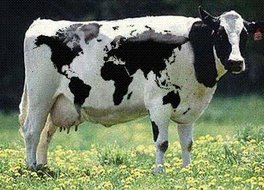This doesn't even address the issue of free-ranging animals in urban areas (cattle in India, poultry and small ruminants in many other areas). They could spread disease directly, as well as from their waste. No solutions from me, sorry -- this is a sticky issue that needs a lot of attention.
Increase global meat and poultry production to meet escalating demand has pushed production closer to urban areas, increasing the risk of animal to human disease transmission, according to the United Nations' Food and Agriculture Organization (FAO).
FAO sees disease threat from increase global meat production By Janie Gabbett on 9/18/2007 for Meatingplace.com
"The risk of disease transmission from animals to humans will increase in the future due to human and livestock population growth, dynamic changes in livestock production, the emergence of worldwide agro-food networks and a significant increase in the mobility of people and goods," FAO said in a policy brief titled "Industrial Livestock Production and Global Health Risks."
It warned the risk of pathogen transfer is increased by: animal movement; the concentration of confined animals; and the waste produced by large animal houses.
With global pig and poultry production growing the fastest, the FAO cited a trend towards industrialized livestock production replacing traditional systems in developing countries, most notably in Asia, South American and parts of Africa.
It also raised concerns that most chickens and turkeys in industrialized nations are now produced in houses with 15,000 to 50,000 birds and that both poultry and pig production rely on significant animal movement.
The FAO called on meat producers to: apply basic biosecurity measures, refrain from building production sites too close to human settlements or wild bird populations, regularly clean and disinfect farms, control staff and vehicles movement and train employees in biosecurity.

1 comment:
How about composting that manure? - It would make great fertilizer for the vegetative part of urban agriculture.
Post a Comment